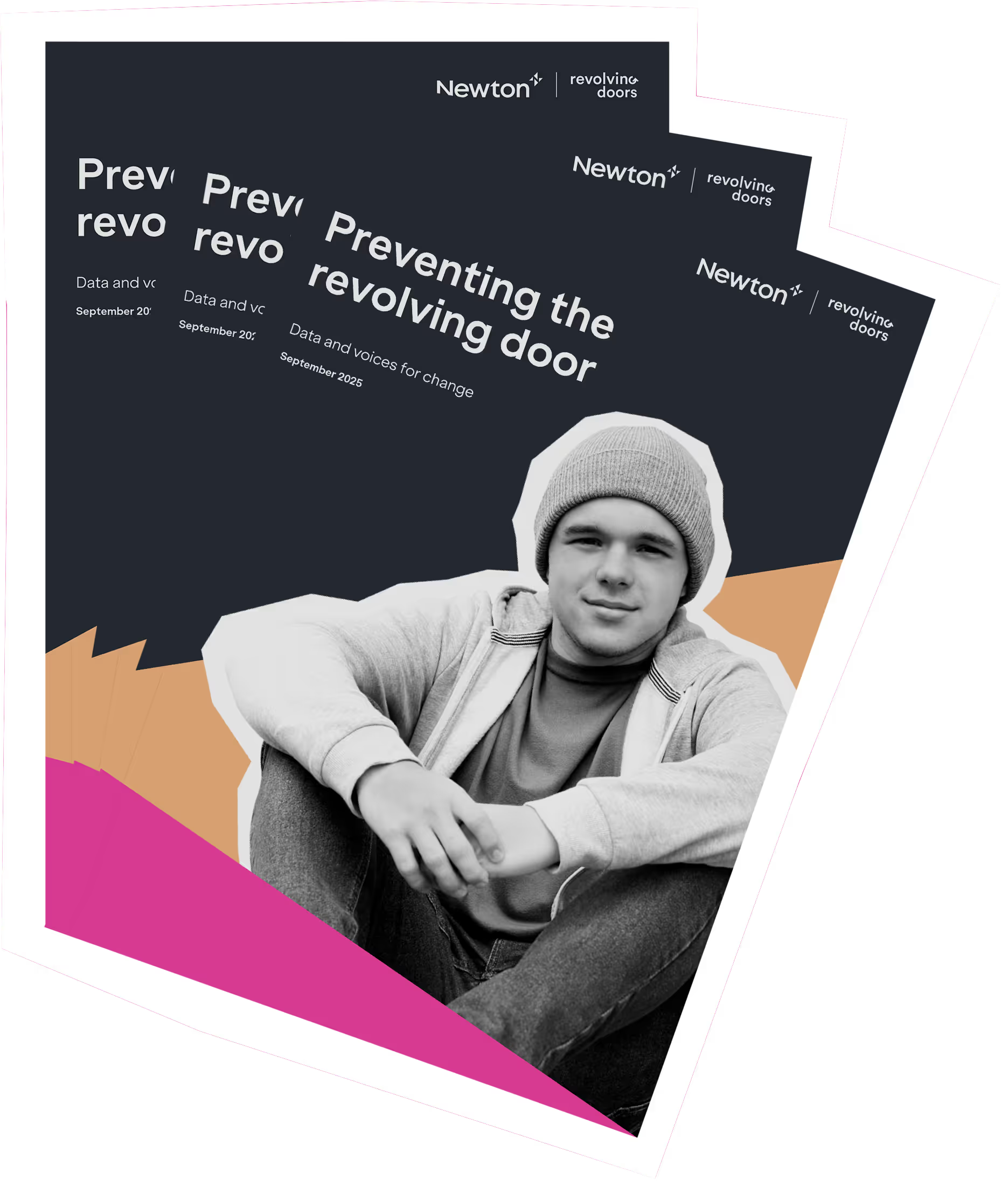
Showing what is possible
This research offers new evidence and practical solutions to support policymakers, practitioners, the public and people with lived experience in building a smarter, more compassionate approach: one that reduces the strain on services, lowers costs, and most importantly, improved outcomes for individuals.
With upcoming changes from the May 2025 Sentencing Review and the July 2025 Leveson Review, there will be fewer short prison sentences, earlier releases, and greater reliance on community sentences and diversion. These shifts will require a rethink of how risk is managed, support is delivered, and resources are prioritised across probation and wider public services.
Building on the strengths of those that have navigated the revolving door
This research shows that tackling the revolving door of reoffending does not require radical new services or large-scale investment. Instead, smarter implementation of existing good practice is key - approaches that harness the strengths and lived experience of people who have navigated the revolving door, involving them in designing and delivering support, and empowering them to inspire and engage others. By working in partnership and focusing on person-centred, evidence-backed solutions, services can break cycles of reoffending and deliver better outcomes for individuals and communities alike.

Refining understanding and future focus
Ongoing analysis has sharpened the picture of the revolving door cohort, moving from early estimates of up to 100,000 individuals to a more targeted core group of 29,000–54,000 with the highest levels of unmet need and repeat offending. Focusing on this cohort ensures that interventions are directed where they can have the greatest impact and return on investment for public services.
At the same time, lived experience and service-level insights suggest the true scale of need and cost may be higher than current estimates show. Future work with partners, including the Ministry of Justice, HMPPS, and Greater Manchester Combined Authority will continue to refine understanding and explore the potential to apply this data-driven, person-centred approach to other groups disproportionately affected by the criminal justice system, including women, young adults, and racially minoritised communities.


Useful links

Findings from 20 in-depth interviews with people who have lived through the revolving door of crisis and crime.

Advanced analysis reveals the patterns, unmet needs, and risks driving the revolving door cohort, showing how data can inform smarter, preventative interventions.

Research revealed clear patterns in the lives of people caught in the revolving door of crime, reflected both in the 20 interviews and in service data.
Read more about the research process, key findings, and expert recommendations.



